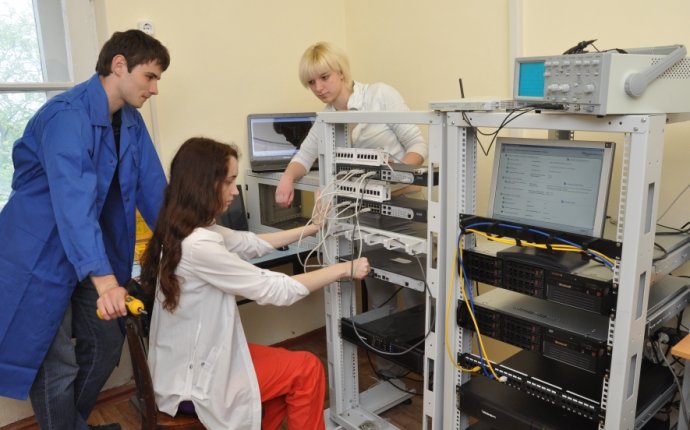
Local Network Management
 Hello, Habrahabre! This is my first article on remote administration. I hope she'll be interested not only in system administrators, but also in advanced phases, because the use of certain components may be useful to you.
Hello, Habrahabre! This is my first article on remote administration. I hope she'll be interested not only in system administrators, but also in advanced phases, because the use of certain components may be useful to you.
The main issue is the administration of computers prior to the loading of the operating system. When the number of computers is small, there is no need for many human resources to support their efficiency. With the expansion of the computer fleet, maintenance becomes more costly. In my case, the organization has about 100 computers. Removing operational systems, re-establishing operational systems is time-consuming. I had to serve every unit of equipment separately. The task was therefore to develop a system that would simplify the administration ' s life and increase the amount of free time that could be spent on more interesting things.
There are a lot of sophths that can do things like this, but each one of them has shortcomings that I have tried to clean up and develop a system that meets my demands.
What do you want?
The client car should have a web map that supports the PXE standard (equivalent to each network map). I will not describe the working principle of this standard, there is a lot of information on the Internet. I'll just say he lets download files on the network. Well, BIOS needs to include a download on the network. Client building is over.
 The servver should include DHCP and TFTP. I used TFTPD32, which already includes all the necessary components. The programme is freely accessible with an open source code.
The servver should include DHCP and TFTP. I used TFTPD32, which already includes all the necessary components. The programme is freely accessible with an open source code.
For the construction of DHCP, it had to run and remove MAC addresses from each computer. It's necessary to identify computers online. In the TFTP server, it was only necessary to indicate the files ' folding and to place all the files in it. A loader who will do all the grub4dos. It was this loader that was selected, as the experience of setting up USB loaders with it is sufficient, and the information of a bunch on the Internet.
It was this loader that was selected, as the experience of setting up USB loaders with it is sufficient, and the information of a bunch on the Internet.
Now the principle of action.
1. When activated, the computer uses the DHCP server for the IP address.
2. The DHCP server, according to its design, provides the necessary IP to the client, as well as the IP address to the TFTP server and the name of the loading file. In my case, grub4dos' file is grldr.
3. The client computer, by accepting the request, establishes the IP and addresses the TFTP server with a request for a loading file.
4. TFTP server gives the requested file. It looks like:
Server response5. By downloading the file, PXE starts the loader and finishes his job. Further work is performed by the loader. After the launch, the loader asks menu.lst. This file contains instructions for the installation of PPs or the launching of the drain.
6. Server sends menu.lst
7. The client ' s customer " reads " instructions and performs them by downloading the required files from TFTP servers.











